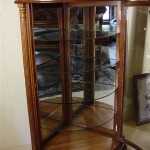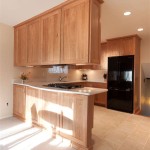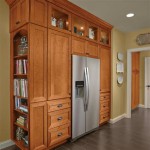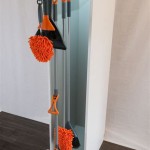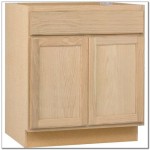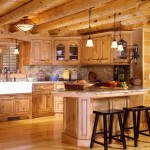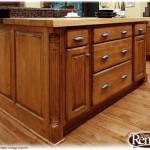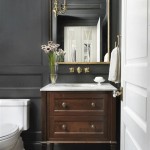Your Guide to Choosing the Right Kitchen Cabinet Hinges
Kitchen cabinet hinges are small but essential components that play a crucial role in the functionality and aesthetics of your cabinets. Choosing the right hinges can ensure that your cabinets open and close smoothly, quietly, and securely. In this guide, we will delve into the different types of kitchen cabinet hinges available and help you select the most suitable option for your needs.
Types of Kitchen Cabinet Hinges
There are three main types of kitchen cabinet hinges:
- Butt Hinges: These are the most basic type of hinge, consisting of two flat plates connected by a pin. They are typically visible on the outside of the cabinet door and offer limited adjustability.
- Inset Hinges: These hinges are designed to be concealed within the cabinet frame, creating a flush appearance. They offer more adjustability than butt hinges and are ideal for frameless cabinets.
- Overlay Hinges: Similar to inset hinges, overlay hinges are concealed within the cabinet frame but allow the door to overlap the frame slightly. They provide greater adjustability and are suitable for both framed and frameless cabinets.
Factors to Consider When Choosing Kitchen Cabinet Hinges
To choose the right kitchen cabinet hinges, consider the following factors:
- Door Weight: The weight of the cabinet door will determine the load capacity of the hinges required. Heavier doors require hinges with a higher load capacity rating.
- Door Thickness: The thickness of the cabinet door will affect the thickness of the hinges. Choose hinges that are appropriate for the door thickness to ensure proper installation.
- Cabinet Type: Frameless cabinets require hinges that are specifically designed for frameless applications, while framed cabinets can accommodate a wider range of hinge types.
- Aesthetics: Consider the overall design of your kitchen and choose hinges that complement the style. Concealed hinges provide a sleek, modern look, while visible hinges can add a touch of rustic charm.
- Budget: Kitchen cabinet hinges come in a range of prices, depending on the type, material, and features. Set a budget before making a decision to narrow down your options.
Special Features to Look For
In addition to the basic types of hinges, consider these special features to enhance the functionality and convenience of your kitchen cabinets:
- Self-Closing: Self-closing hinges have built-in springs that gently close the cabinet door automatically, preventing it from slamming shut.
- Soft-Closing: Soft-closing hinges have a damping mechanism that slows down the closing process, eliminating noise and reducing stress on the cabinet frame.
- Adjustable: Adjustable hinges allow you to fine-tune the position of the door, ensuring a perfect fit and preventing misalignment.
- Blum Motion: Blum Motion is a patented technology that combines self-closing and soft-closing mechanisms, providing a smooth, gentle closing action.
- Quick-Release: Quick-release hinges make it easy to remove the cabinet door when needed, such as for cleaning or replacing.
Conclusion
Choosing the right kitchen cabinet hinges is an important decision that can impact the functionality, aesthetics, and longevity of your cabinets. By considering the factors discussed above, you can select hinges that are suitable for your specific needs and create a kitchen that is both stylish and practical.

Choosing The Right Cabinet Hinges For Your Project

How To Choose The Right Kitchen Cabinets Hinges

Here S How Select The Proper Type Of Hinges

13 Cabinet Hinge Types Beginner S Guide

Understanding Full Overlay Vs Half Insert Cabinet Hinges

Types Of Cabinet Hinges The Home Depot

Types Of Cabinet Hinges The Home Depot

Choosing The Right Cabinet Hinge Rockler Woodworking

Hardware Guide

Hardware Guide
Related Posts

